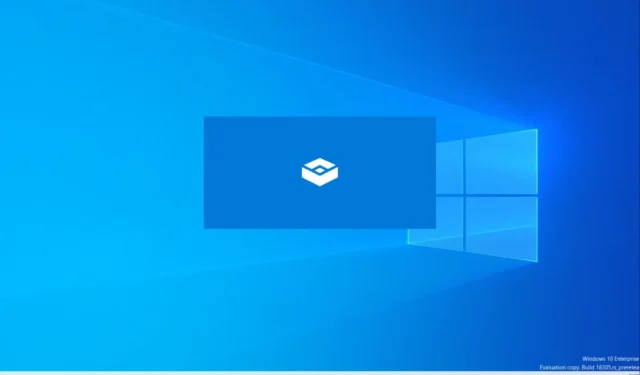
Microsoft provides customers who are interested in securely testing an application on Windows with a lightweight virtual machine known as the Windows Sandbox. This machine enables one to run apps on an isolated desktop environment and is offered by Microsoft. The user is free to conduct whatever experiments they like within the Sandbox because such actions are isolated from the host machine. When you run Windows Sandbox, it creates a brand new environment for you to work in.
Whenever you exit Sandbox, the instances that were generated were only meant to be transitory, and all of the data, software, and state were deleted. On a personal computer, suspicious applications or files can be tested in complete safety and browsed through without the user having to worry about the health of the host system.
The next section provides more information on how to use Windows Sandbox as well as a list of its prerequisites. Users will be able to get a head start by testing their applications on the comfort of their own personal computers thanks to this feature.
How to configure and run applications in a risk-free environment with Windows Sandbox
Sandbox is a component of Windows that provides a virtualized environment that is stuffed to the gills with capabilities and is available to users. Users of this virtual machine do not need to download a virtual hard disk (VHD) in order to operate it. Having stated that, the following are some requirements that absolutely must be met:
- Windows 10 Pro, Enterprise or Education build 18305 or Windows 11 (Not supported on Windows Home edition)
- AMD64 or ARM64 architecture-supported processor
- Virtualization is enabled from the BIOS in the case of a physical machine.
- Minimum of 4 GB of RAM (Recommended: 8 GB)
- At least 1 GB of available disk space (SSD storage recommended over HDD)
- Dual-core CPU (four CPU cores with hyperthreading recommended)
Take note that if you are working with a virtual computer, you have the option to turn on nested virtualization. In the Windows PowerShell console, run the following command:
Set-VMProcessor -VMName <VMName> -ExposeVirtualizationExtensions $true
Once you’ve established that the conditions indicated above are met, you can install or activate Windows Sandbox by following these steps:
- Type “Turn Windows Features on or off” on the Start Menu’s search bar and open the Control Panel option which shows up (Windows Optional Features).
- Locate
Windows Sandbox, select it, and then click onOK. You may be prompted to restart the system. - Finally, look for the Windows Sandbox application on the Start Menu and click to start using it.
In order for your computer to be capable of running the application, the Windows Optional Features tool must display the Sandbox option. If the tool does not. Check that you have all of the prerequisites, and then try installing the software again.
How to make use of the Sandbox application on your Windows computer.
The following actions need to be taken in order to begin testing files and programs once Sandbox has been installed or activated:
- Launch Sandbox from the Start Menu.
- Copy the executable file for the application you want to test and paste it into the Sandbox window. Now, run the executable in the same window.
- Once you are done testing, close Sandbox to remove all data, files, and other items.




Leave a Reply ▼